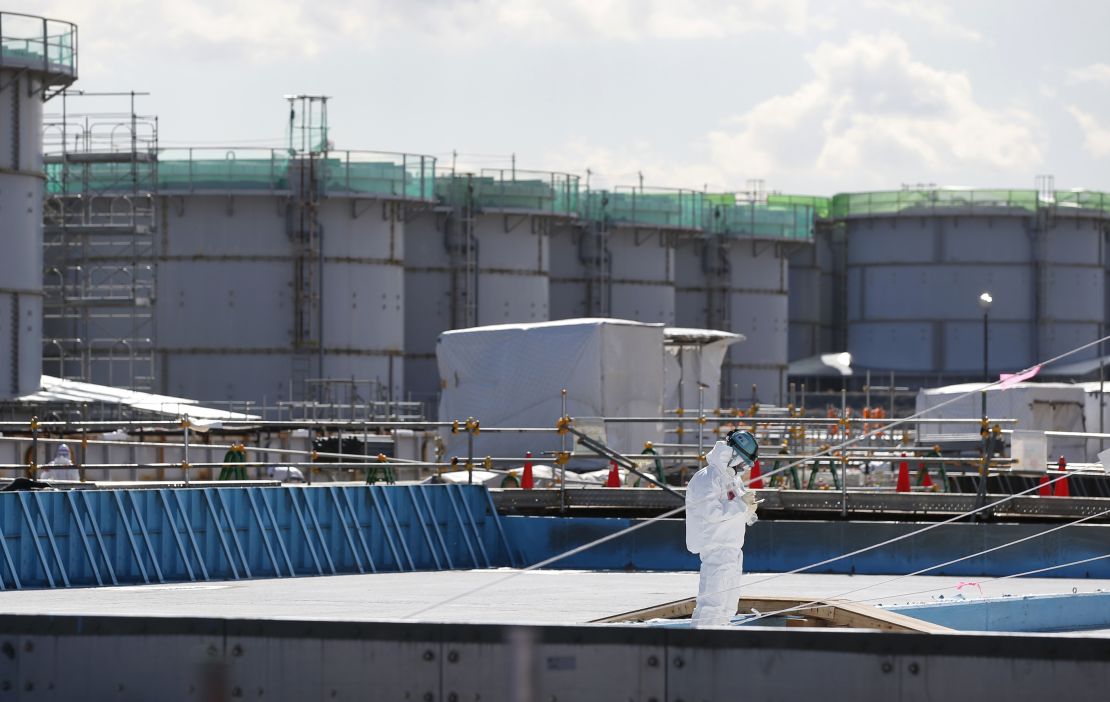Story highlights
Decommissioning the Fukushima nuclear plant is estimated to take up to 40 years
The plant is now stable, according to TEPCO, its operator
Biggest challenge is to take out the molten nuclear fuel debris
Cleaning up Japan’s Fukushima Daiichi nuclear plant, which suffered catastrophic meltdowns after an earthquake and tsunami hit in 2011, may take up to 40 years.
The crippled nuclear reactor is now stable but the decommissioning process is making slow progress, says the plant’s operator Tokyo Electric Power Co, better known as TEPCO.
“If I may put this in terms of mountain climbing, we’ve just passed the first station on a mountain of 10 stations,” said Akira Ono, head of the Fukushima plant.
It’s almost five years since the earthquake and the tsunami it triggered killed more than 15,000 people and destroyed coastal towns on March 11, 2011.
TEPCO has attracted fierce criticism for its handling of the disaster.

Biggest challenge
The biggest obstacle to closing down the plant permanently is removing all the melted nuclear fuel debris from three reactors, Ono told reporters after a press tour of the plant this week.
But TEPCO says it is in the dark about the current state of the debris.
Hydrogen gas explosions and nuclear meltdowns released lethal levels of radiation in 2011.
Though radiation levels have fallen, they still prevent workers from accessing the reactor buildings, making it hard to survey the condition of the destroyed facilities and molten fuel debris.
What to do with the large volume of contaminated water now stored at the plant is another problem.
Around 300 to 400 tons of contaminated water is generated every day as groundwater flows into the plant filled with radioactive debris.
To contain the tainted water, TEPCO pumps up the water and stores it in tanks, adding a new tank every three to four days. There are 1,000 tanks today containing 750,000 tons of contaminated water.
Japan fires up second reactor since Fukushima disaster amid widespread opposition
However, decontamination elsewhere on the premises is making headway. Workers now only need dust masks for a large part of the plant.
For outsiders, this appears to be only small progress. But it makes a huge difference for workers who used to wear full masks for outside clean-up and construction work.
Last year in October, Japan confirmed the first case of cancer in a Fukushima worker.
While agreeing to cover the worker’s treatment costs, the government stopped short of recognizing the scientific link between the cancer and his work.
Photojournalists document the human cost: Rebuilding lives after Fukushima








